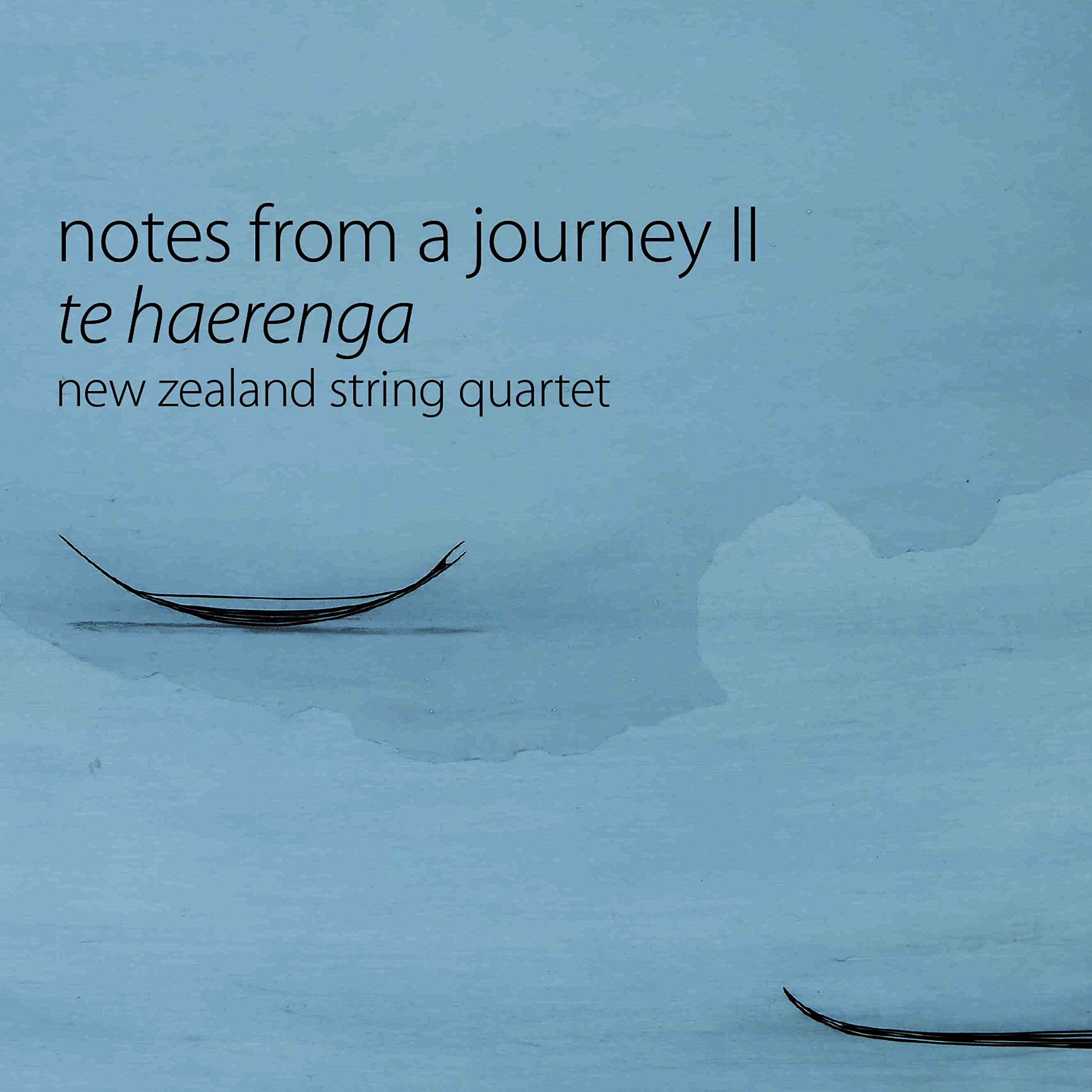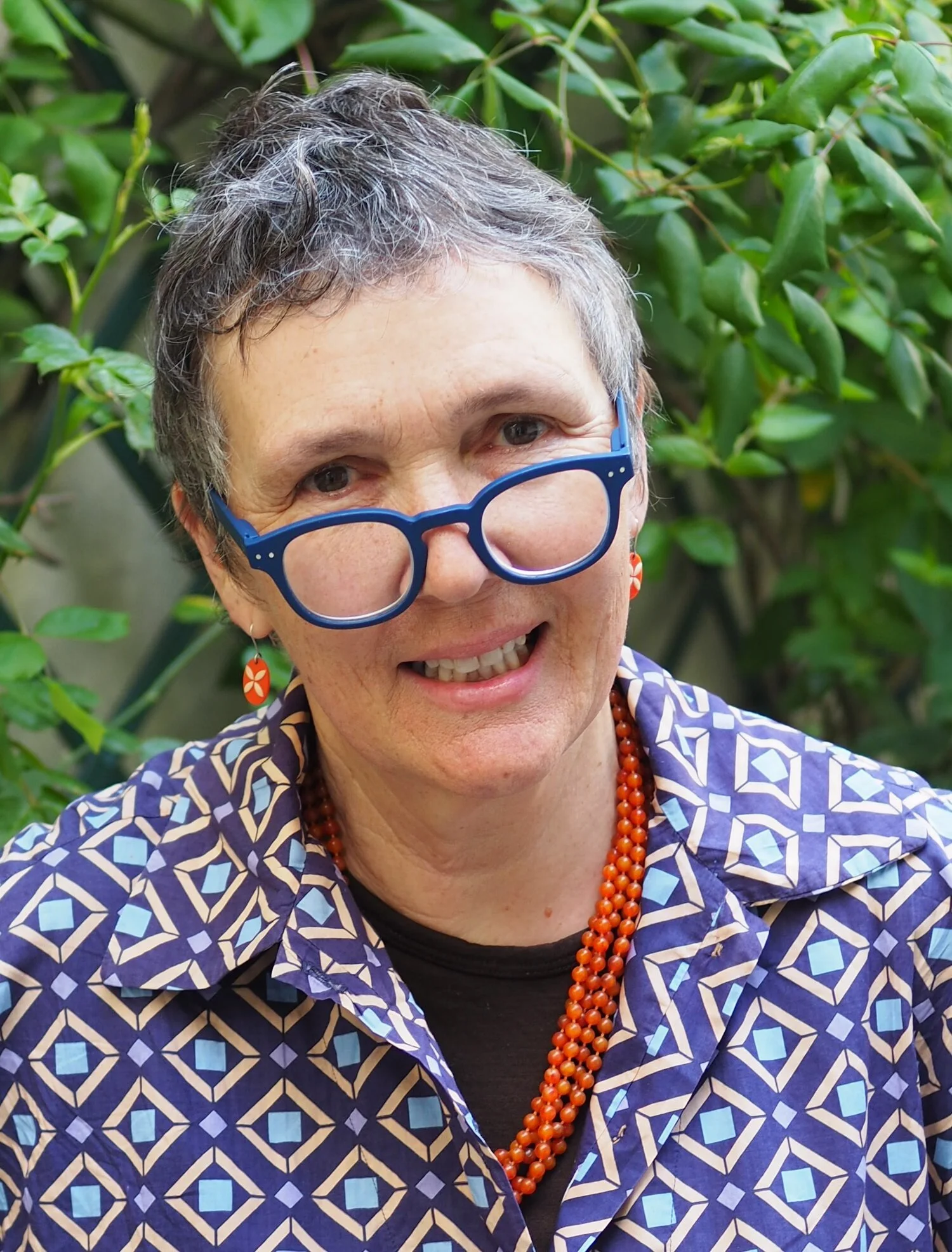NZ String Quartet: Unique counterpoints of Aotearoa
In their new album Notes from a journey ll, Te Haerenga, the New Zealand String Quartet's journey through the music of Aotearoa continues, with subtle shifts in the direction of travel. Their first Notes from a Journey in 2010, with quartets by John Psathas, Ross Harris, Jack Body and Michael Norris, ended with Gareth Farr’s Poroporoaki (Farewell), composed with legendary taonga puoro champion Richard Nunns.
New Zealand String Quartet
…their journey through the music of Aotearoa continues.
The new album begins with another Poroporoaki, this one by Gillian Whitehead, dedicated to Nunns, who died in 2021. The string instruments become, through ingenious imitation, putātara (shell trumpet), high-pitched karanga manu (bird-caller), nguru (flute), percussive tumutumu and other traditional Māori instruments. This imaginative, exploratory tribute work is a beautiful response to taonga puoro.
Gareth Farr’s Te Kōanga continues both memorial theme and use of birdsong. Dedicated to luthier Ian Lyons, who died suddenly in 2015, it uses transcription of birdcalls, particularly the exuberant tūī. The instruments create an otherworldly hymn-like atmosphere juxtaposed with clever percussive effects. The work acknowledges Lyons’ love of the outdoors in open, spacious sections with bursts of birdsong, resolving in a magically quiet ending.
Tabea Squire’s I Danced, Unseen was written for collaborative dance performance in 2020. The whimsical work is beguilingly simple, opening with Celtic-flavoured solo melody, musicians joining one by one. The ensemble writing is effective, although perhaps there’s not quite enough going on to sustain the work without the dance element.
Ross Harris has written no fewer than nine works for the NZSQ since 1990. His String Quartet No 9 is short and beautiful, with intriguing use of sections where the musicians hum and play simultaneously. These “humming” chorales, soft-edged and reverent, alternate with rapid, mysterious counterpoint.
Structures based on contrasting episodes features in several works on the album, including the longest, Louise Webster’s This memory of earth. Using a wide timbral range, the composer contrasts poignant melodic fragments with dancing duets and dramatic, urgent trios. Shifting textures drive the form, with birdsong again at home in this substantial, moving piece.
Composer Louise Webster
…shifting textures drive the form of her string quartet, This memory of earth.
Four of the six works are by women. After the all-male line-up for the first NZSQ Notes album, has something shifted in New Zealand music since 2010? Salina Fisher is now a familiar name and her Torino continues mining the deep seam of inspiration of taonga puoro, imitating the flute and trumpet voices of pūtorino. Direct, lovely gestures answer each other with subtle echoes, the piece, like the album, a journey through the unique counterpoints of Aotearoa.
Notes from a journey ll, Te Haerenga New Zealand String Quartet (purchase here)
This album review was first published in the NZ Listener issue 11 November 2023



